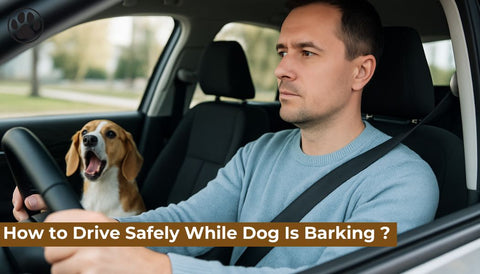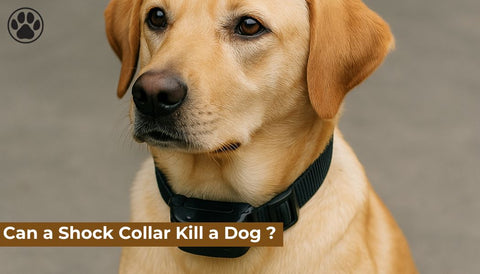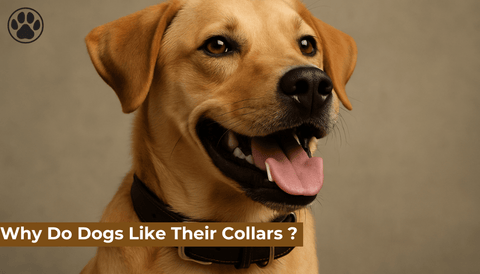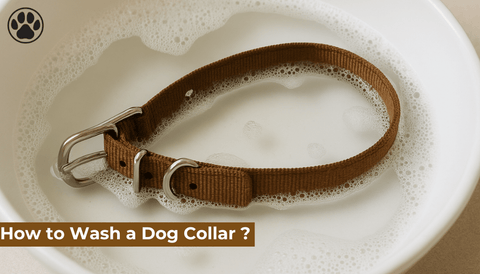
Do Dogs Have Belly Buttons?
of reading - words
Dogs are fascinating creatures with unique anatomies that often leave us curious. One question many pet owners wonder about is, "Do dogs have belly buttons?" While it may not be as prominent as in humans, dogs indeed have a belly button, and its presence has an essential purpose. This article will dive into the science behind this lesser-known aspect of canine anatomy and provide insights into what it reveals about a dog’s development.
What Is a Belly Button?
A belly button, or navel, is the scar left behind after the umbilical cord is detached. In mammals, the umbilical cord serves as a lifeline between the mother and her developing offspring, supplying nutrients and oxygen during pregnancy. Once the baby is born, the cord is no longer needed, and it is severed, leaving a scar—the belly button.
In humans, the belly button is often noticeable, forming an "innie" or "outie." In dogs, however, it’s far less conspicuous but still serves as evidence of their connection to their mother during gestation.
Do Dogs Have Belly Buttons?
Yes, dogs have belly buttons. Every mammal with a placenta has one. The belly button in dogs appears as a small scar on their abdomen, typically located where the umbilical cord was attached. However, it’s not as pronounced as in humans, making it easy to overlook.
Unlike human belly buttons, which are often round or slightly indented, a dog’s navel is flat and blends seamlessly with their fur and skin. This subtlety can make it difficult to spot, especially in breeds with thick coats or long hair.
The Role of the Umbilical Cord in Dogs
During a dog’s development in the womb, the umbilical cord plays a vital role in transferring nutrients and oxygen from the mother to the puppies. It also removes waste products, ensuring the puppies have a healthy environment to grow.
Once the puppies are born, the mother instinctively severs the umbilical cord by biting it off. This natural process leaves behind the small scar that becomes the belly button. Over time, the scar heals and becomes almost invisible.
Where Is a Dog’s Belly Button Located?
A dog’s belly button is located on the underside of their abdomen, slightly below the ribcage and in the middle of their belly. To find it:
-
Gently run your fingers along the center of your dog’s abdomen.
-
Look for a small, smooth area or a faint mark.
-
In short-haired dogs, the navel may be more visible, while in long-haired breeds, it can be hidden by fur.
Why Is a Dog’s Belly Button Less Noticeable?
There are a few reasons why a dog’s belly button is less noticeable than a human’s:
-
Healing Process: The mother’s natural method of severing the umbilical cord often results in a clean scar that heals quickly.
-
Fur Coverage: The growth of fur around the abdomen helps conceal the navel.
-
Scar Shape: Unlike humans, whose belly buttons can be indented or protruding, a dog’s navel is flat and blends with the skin.
Can a Dog’s Belly Button Have Problems?
In most cases, a dog’s belly button does not cause any issues. However, there are rare instances where complications can arise:
1. Umbilical Hernias
An umbilical hernia occurs when the muscles around the navel do not close properly after birth, leaving a small hole. This condition can cause internal organs or tissue to protrude through the opening. Symptoms of an umbilical hernia include:
-
A soft bulge near the belly button
-
Swelling or discomfort in the area
-
Changes in behavior, such as lethargy or reduced appetite
Small hernias may resolve on their own, but larger ones often require surgical correction. If you suspect your dog has a hernia, consult your veterinarian promptly.
2. Infections
Although rare, the area around a dog’s belly button can become infected if the umbilical cord is not properly cleaned after birth. This issue is more common in newborn puppies, particularly in unsanitary conditions. Signs of infection include redness, swelling, or discharge around the navel.
How to Care for Your Dog’s Belly Button
In most cases, your dog’s belly button will not need any special care. However, there are steps you can take to ensure their overall health:
-
Regular Grooming: Keep the area clean and free of debris, especially in long-haired breeds.
-
Routine Check-ups: Examine your dog’s abdomen during grooming sessions to spot any abnormalities.
-
Prompt Veterinary Attention: If you notice unusual swelling, redness, or discharge near the navel, consult your veterinarian.
Fun Facts About Dog Belly Buttons
-
All Placental Mammals Have Them: From whales to cats, all placental mammals have belly buttons.
-
Newborn Puppies Rely on Their Mother: In the wild, mother dogs instinctively care for the umbilical cord, ensuring a smooth transition for their puppies.
-
They Are Unique to Each Dog: Just like fingerprints, no two belly buttons are exactly alike, even in dogs.
Frequently Asked Questions (FAQ)
1. Do all dogs have belly buttons? Yes, all dogs have belly buttons as a result of being connected to their mother via the umbilical cord during pregnancy.
2. Where is a dog’s belly button located? A dog’s belly button is located on their abdomen, slightly below the ribcage and along the midline.
3. Why is a dog’s belly button hard to see? A dog’s belly button is flat, small, and often hidden by fur, making it less noticeable than a human’s navel.
4. Can a dog’s belly button cause health issues? In rare cases, complications like umbilical hernias or infections can occur. Regular check-ups and prompt veterinary care can address these issues.
5. How do I care for my dog’s belly button? Routine grooming and regular inspections of your dog’s abdomen can help ensure their belly button remains healthy.




